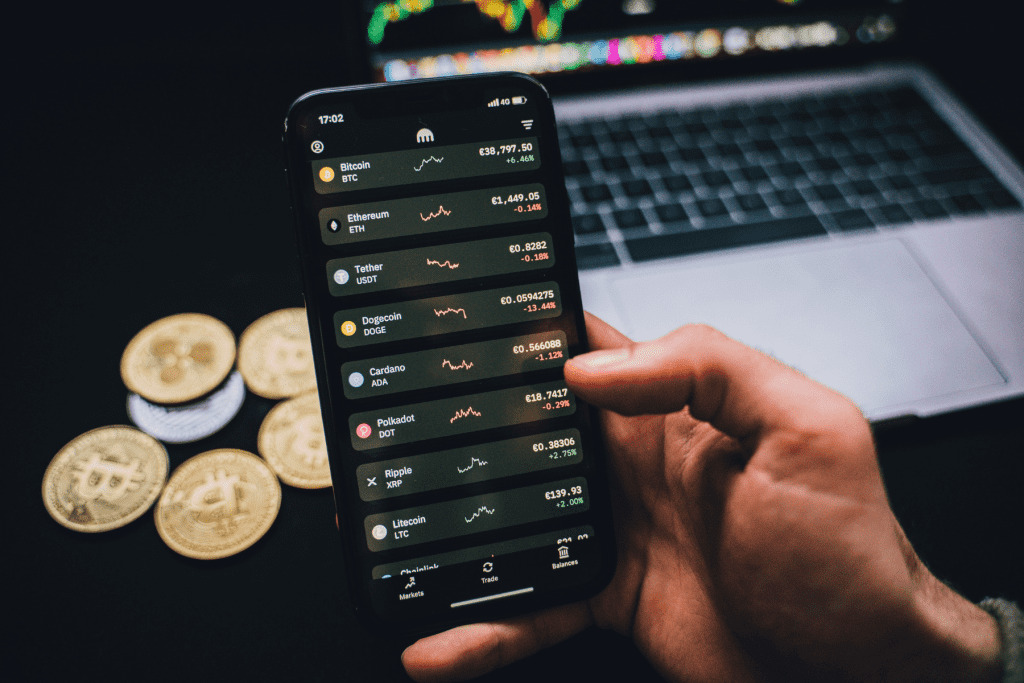Bitcoin is a decentralized digital currency that has taken the world by storm. As more and more people invest in Bitcoin, the question of how to store it safely becomes more critical than ever. With the danger of cyberattacks and other security concerns, it is crucial to understand how to store your Bitcoin safely. In this blog post, we will guide you through the steps to safely store your Bitcoin.
Step 1: Choose the Right Wallet
The first step to safely storing Bitcoin is to choose the right wallet.
Types of wallets
The two most popular types of cold wallets are hardware and paper wallets. Hardware wallets are physical devices that store your private keys offline, while paper wallets are printed paper pieces with your private keys on them. Both options are considered very secure and are excellent choices for storing Bitcoin.
1. Hot Wallets
Hot wallets are cryptocurrency wallets that connect to the internet. They are accessible through mobile applications, web browsers, or other software. Hot wallets are often free and easy to use, making them a popular choice for new investors or those who need to access their cryptocurrency frequently.
However, because hot wallets connect to the internet, they are more vulnerable to security threats such as hacking, phishing, and malware attacks. If your hot wallet is compromised, your cryptocurrency can be stolen or lost. Thus, hot wallets are worse for the long-term storage of large amounts of cryptocurrency.
Some examples of hot wallets include online wallets offered by cryptocurrency exchanges such as Coinbase, Binance, and Kraken, and mobile wallets like Trust Wallet, Mycelium, and Jaxx.
2. Cold Wallets
Cold wallets are cryptocurrency wallets that are without any connection to the internet. They refer to “cold storage” or “offline” wallets. Cold wallets can be hardware devices or a piece of paper.
Hardware wallets are physical devices that look like USB sticks and store your private keys offline. They are secure and provide an extra layer of protection against hacking and other cyber threats. Some popular hardware wallets include the Ledger Nano S, Trezor, and KeepKey.
Both hot and cold wallets have their advantages and disadvantages. Hot wallets are convenient and easy to use, but they are more vulnerable to security threats. Cold wallets are more secure but less convenient. Ultimately, the choice between a hot and cold wallet will depend on your individual needs and the amount of cryptocurrency you plan to store.
Step 2: Set Up Your Wallet
Once you’ve chosen the right wallet, the next step is to set it up. The process will vary depending on the type of wallet you’ve chosen, but most wallets will have a set-up process that includes generating a private key and setting up a password.
It’s essential to pick a strong password that can’t be easily guessed or hacked. Ideally, your password should be a combination of upper- and lower-case letters, numbers, and symbols.
Step 3: Transfer Your Bitcoin
Now that you’ve set up your wallet, it’s time to transfer your Bitcoin to it. It can be a straightforward process, but it’s crucial to do it safely without losing your cryptocurrency to hackers or scammers. Here are some tips on how to safely transfer Bitcoin:
Double-check the Wallet Address
Before transferring any Bitcoin, make sure to double-check the wallet address. It’s essential to ensure that the recipient’s wallet address is correct to avoid sending your Bitcoin to the wrong address because you could lose it permanently.
Verify the Recipient’s Identity
If you’re sending Bitcoin to someone you don’t know, verify their identity. That can help prevent sending Bitcoin to a scammer. Check the recipient’s email or social media profiles to ensure it is a real person.
Use a Reputable Exchange or Wallet
Using a reputable exchange or wallet can help prevent fraud and hacking attempts. Research the exchange or wallet provider before transferring your Bitcoin to ensure they have a good reputation and a history of providing secure services.
Enable Two-Factor Authentication (2FA)
Enabling two-factor authentication (2FA) can add an extra layer of security to your wallet. To access your wallet, you must enter both your password and a special code generated by an app or text message. 2FA can help prevent unauthorized access to your wallet.
Be Aware of Phishing Scams
One method that hackers frequently used to steal your cryptocurrency is phishing scams. They will create fake websites or emails that look legitimate to trick you into providing your wallet information. Be cautious when clicking on links or providing personal information online.
Keep Your Private Keys Secure
Your private keys are essential to accessing your Bitcoin wallet. Keep them safe and secure by using a hardware wallet or storing them in a secure location. Never share your private keys with anyone.
Safely transferring Bitcoin requires taking the necessary steps to protect your wallet and verifying the recipient’s identity. Always double-check the wallet address, use a reputable exchange or wallet, enable two-factor authentication, be aware of phishing scams, and keep your private keys secure. Following these tips, you can safely transfer your Bitcoin and avoid losing your cryptocurrency to scammers or hackers.
Step 4: Keep Your Cryptocurrency Wallet Secure
The final step in safely storing Bitcoin is to keep your wallet secure. That means taking steps to protect your private keys and password. If you’re using a hardware wallet, make sure to store it in a safe place and keep it away from prying eyes.
Paper wallets should be kept in a secure location, such as a safe or safe deposit box. It’s also essential to have multiple copies of your paper wallet in case one is lost or damaged.
In conclusion, to store Bitcoin safely requires taking the necessary steps to protect your private keys and password. Choosing the right wallet, setting it up properly, transferring your Bitcoin, and keeping your wallet secure are all crucial steps in this process. By following these steps, you can rest assured that your Bitcoin is safe and secure.





